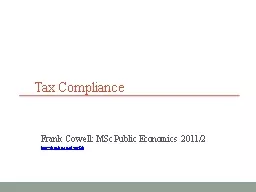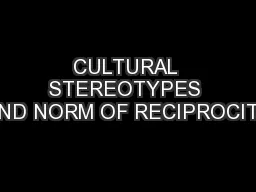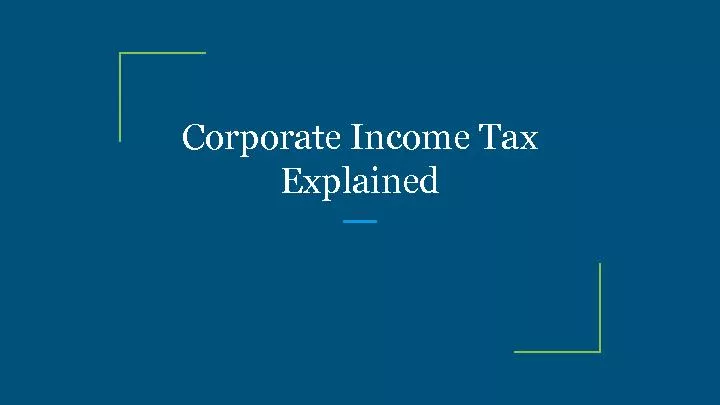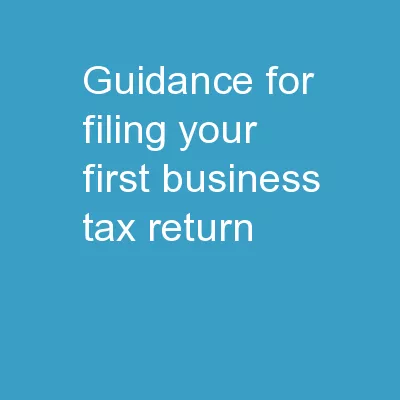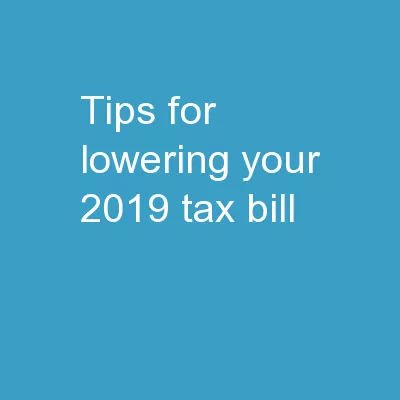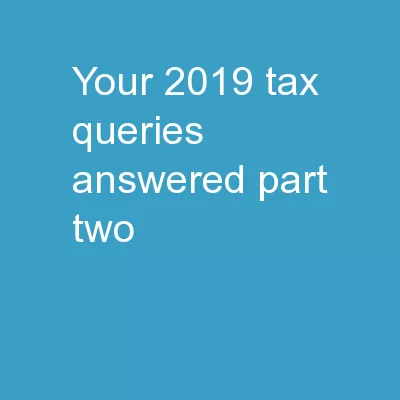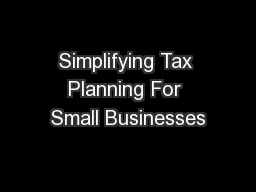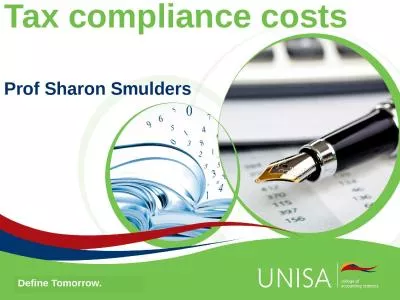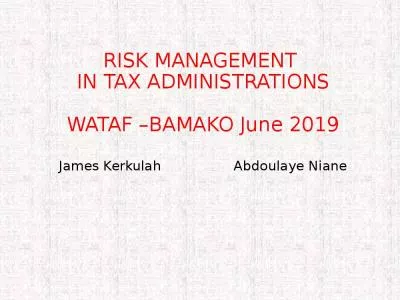PPT-Tax Compliance
Author : test | Published Date : 2016-02-29
Frank Cowell MSc Public Economics 20112 httpdarplseacukec426 Overview Introduction Basic model Policy Tax Compliance How compliance fits into public economics 2
Presentation Embed Code
Download Presentation
Download Presentation The PPT/PDF document "Tax Compliance" is the property of its rightful owner. Permission is granted to download and print the materials on this website for personal, non-commercial use only, and to display it on your personal computer provided you do not modify the materials and that you retain all copyright notices contained in the materials. By downloading content from our website, you accept the terms of this agreement.
Tax Compliance: Transcript
Download Rules Of Document
"Tax Compliance"The content belongs to its owner. You may download and print it for personal use, without modification, and keep all copyright notices. By downloading, you agree to these terms.
Related Documents

